The Birth of the Samurai: From Imperial Guards to Warriors of Legend
By Paul 'Batman' O'Brien
B.A., N.C.E.H.S., Dip. Acu., Adv. Dip. OBB, Cert Clin. Med. Pn1, PN-SSR, PN-NCA, M.AFPA, M.ETCMA, M.C.Th.A.
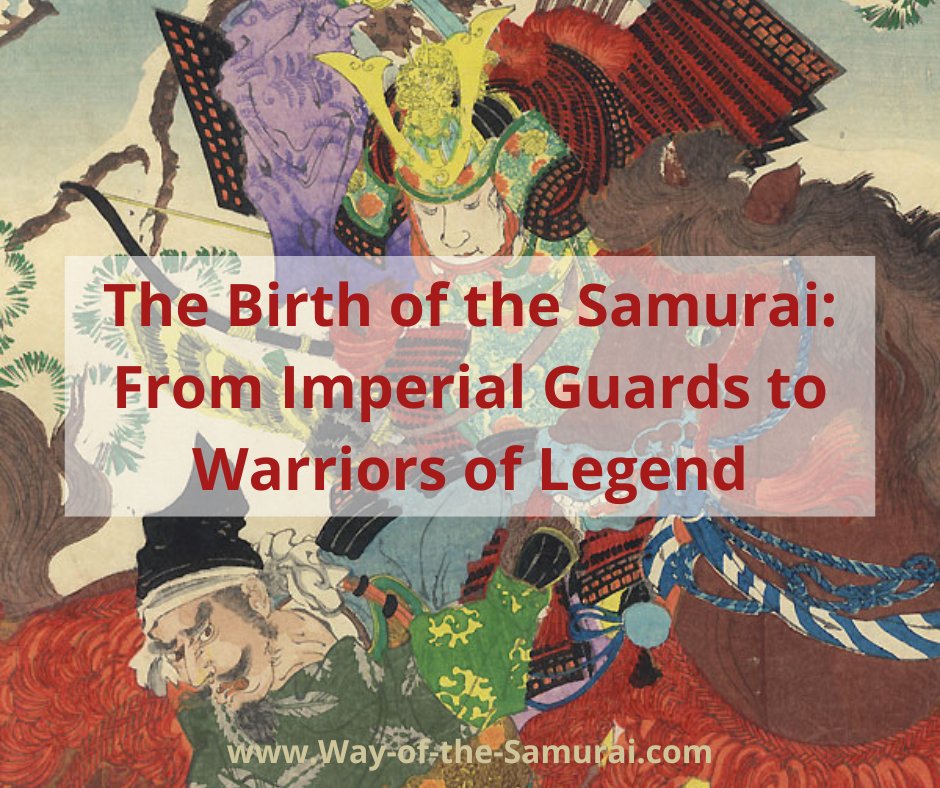
When we think of the birth of the samurai, we often picture fierce warriors in magnificent armour, wielding katana swords on feudal battlefields. However, the origins of these iconic Japanese warriors are more complex and fascinating than many realise. The samurai didn't appear suddenly as a fully-formed warrior class (or use the sword all that much on the battlefield either), rather, they evolved gradually over centuries, emerging from within Japan's imperial system during the Heian period (794-1185 CE).
The story of the samurai begins not with rebellion or invasion, but with changes in how the Japanese state organised its military forces. During the 7th and 8th centuries, Japan's newly established imperial government created a military system based on Chinese models. This system relied on conscripting peasants from across the country to serve as soldiers in provincial regiments called gundan (軍団). Every able-bodied man between twenty and fifty-nine years old was eligible for this draft, with only nobles and the infirm being exempt.
While these conscript armies might sound impressive on paper, they proved increasingly problematic in practice. By the mid-8th century, the threats these armies were designed to counter (potential invasion from the Asian mainland and regional rebellions) had drastically diminished. The conscript system then became burdensome and inefficient. Drafted farmers made reluctant soldiers who lacked proper training, and removing them from their fields caused significant economic hardship.
As historian Karl Friday explains,
"For this, the unwieldy infantry units based on the provincial regiments were neither necessary nor well-suited. Small, highly mobile squads that could be assembled with a minimum of delay and sent out to pursue raiding bandits were far more appropriate to the tasks at hand."
- Friday, K.F. (2004). Samurai, Warfare and the State in Early Medieval Japan (1st ed.). Routledge.
The imperial court recognised these issues and began a series of military reforms that would inadvertently lead to the birth of the samurai. Rather than continuing to draft ordinary farmers, the government began to rely increasingly on members of the provincial elite and lower-ranked nobles who already possessed martial skills. These men had both the resources to arm themselves properly and the time to develop fighting techniques without neglecting agricultural production.
Warrants of Pursuit and Capture
Consider the fascinating case of the Minamoto family, descendants of Emperor Seiwa. Rather than remaining at court, many Minamoto sons were given the surname "Minamoto" and sent to govern provinces or serve in military posts. Over generations, they developed strong martial traditions and became experts in mounted archery, the signature combat style of early samurai. The Taira clan followed a similar path, descending from Emperor Kammu and gradually establishing themselves as military specialists.
By the 10th century, these warriors had become indispensable to the imperial court. When bandits threatened tax shipments or local disputes erupted into violence, the court issued "Warrants of Pursuit and Capture" (tsuibu kampu) to these skilled fighters, authorising them to mobilise troops and restore order. This system of deputising private warriors to act as law enforcement became the foundation of samurai service.
Wild Wolves or Noble Warriors
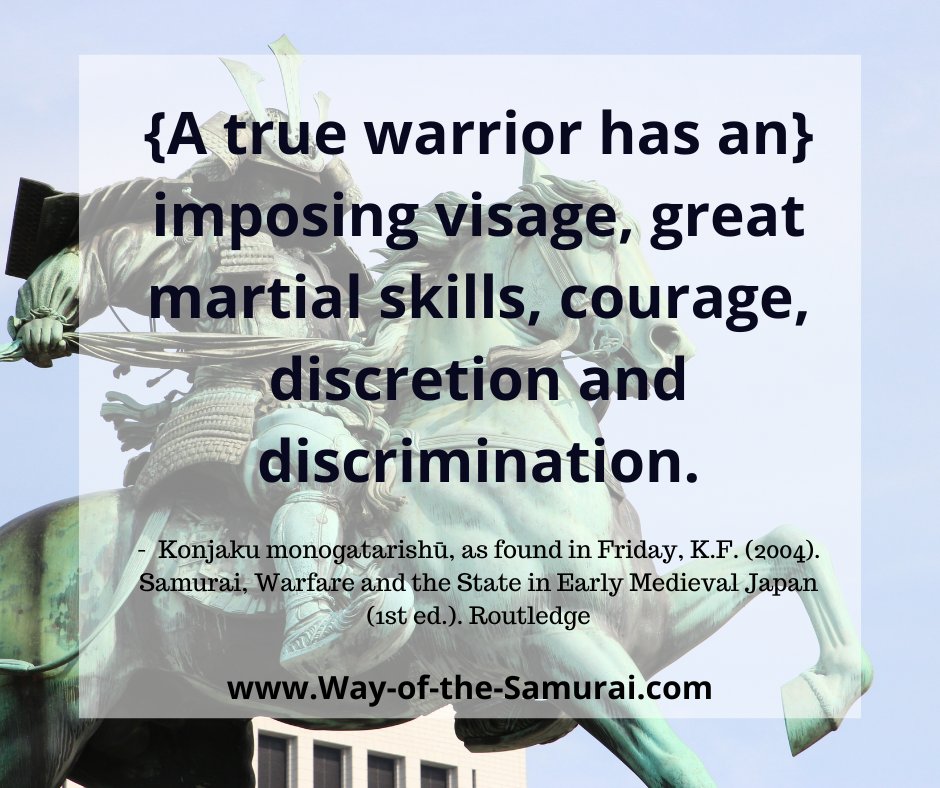
One colourful example of the birth of the samurai comes from the year 940, when the rebel Taira Masakado seized control of several eastern provinces. The court commissioned another warrior, Taira Sadamori, to capture him. Sadamori gathered his followers, tracked down Masakado, and defeated him in battle. After taking Masakado's head as proof of his success, Sadamori was rewarded with government positions and lands. This pattern - warriors serving the state as hired swords in exchange for official recognition and rewards - became the standard model for early samurai.
The political structure of Heian Japan further encouraged the development of warrior skills. The imperial court was dominated by aristocratic families like the Fujiwara, who competed intensely for influence and wealth. These families recruited warriors as protectors and enforcers, creating private military bands. Simultaneously, provincial governor positions were increasingly filled by middle-ranked nobles who excelled in martial skills. These governors, called zuryō, brought armed retainers with them to their provinces and often established enduring military households.
As one contemporary source described these warriors: "[A true warrior has an] imposing visage, great martial skills, courage, discretion and discrimination." Yet others viewed them less favorably, describing them as "no different from barbarians... like wild wolves, butchering human flesh and using it as ornaments for their bodies." (1)
By the late Heian period, these professional warriors had formed complex networks and alliances. Some were "Warriors of the Capital" (miyako no musha), serving noble houses in Kyoto, while others were provincial warriors based in the countryside. (We will see this same divide later in the study of my school of Iaido, Musō Jikiden Eishin-ryū, between the courtly Shimomura-ha and the countryside Tanimura-ha lines). Both groups identified themselves primarily by their martial skills, particularly mounted archery - "The Way of Horse and Bow" (kyūba no michi).
The Birth of the Samurai Government - The Kamakura Shogunate
The final transformation came in 1180, when Minamoto Yoritomo raised his banner in rebellion against the Taira clan, who had established themselves as the dominant power at court. Yoritomo created a new kind of organisation, gathering eastern warriors under his leadership and promising to guarantee their lands and offices in exchange for military service. After defeating the Taira in 1185, Yoritomo negotiated with the imperial court to establish the Kamakura Shogunate, Japan's first warrior government.
This development marked the formal recognition of the samurai as a distinct class. Yoritomo's vassals (gokenin) swore loyalty to him personally and received his protection in return. He created new institutions to manage this relationship, including the samurai-dokoro (Board of Retainers, and nickname I use for the board of my dojo!), which handled military affairs and discipline.
The significance of this transformation cannot be overstated. What began as a practical adjustment to military necessities - replacing inefficient conscript armies with skilled professional warriors - ultimately led to a profound shift in Japanese society and the birth of the samurai. Warriors who had once been mere servants of the imperial court and aristocracy gradually became the de facto rulers of the country.
Honouring a Legacy
For those practising Japanese martial arts today, understanding this evolution offers a valuable perspective. Many traditional martial arts trace their lineage back to the fighting techniques developed during this formative period. For instance, my own school of Musō Jikiden Eishin-ryū Iai has techniques such as 稲妻 Inazuma and 月影 Tsukikagei, which are described in detail in the "Tale of Minamoto Yoshitsune", and the emphasis on discipline, skill refinement, and the relationship between teacher and student all have roots in early samurai culture.
The birth of the samurai reminds us that great traditions often emerge not through sudden revolution but through gradual adaptation to changing circumstances. The samurai evolved because their skills met the needs of their time, and they continued to adapt those skills through centuries of military service. In the same way, modern martial artists honour this legacy by continually refining their techniques and adapting ancient wisdom to contemporary challenges.
As you practice your kata or perfect your technique, remember that you are participating in a tradition that began over a thousand years ago, when mounted archers first rode forth under imperial warrant to maintain order in medieval Japan. Their journey from imperial guards to warriors shaped Japanese history and created a martial legacy that continues to inspire practitioners around the world today.
If you'd like to train in authentic Japanese Martial Arts, those same warrior skills developed by the samurai, check out my dojo at DublinKendo.com
- - - -
If you want to get in great physical, mental and emotional shape using the same principles and techniques inspired by the feudal warriors and healers of Japan, check out my Samurai Strength Programs.
You've been reading about the birth of the samurai. Check out samurai history here.
Click here to return to the Way of the Samurai Home Page.
Free Samurai E-books
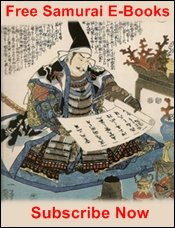
Get Free Exclusive Samurai Guides and E-books

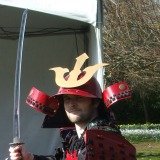
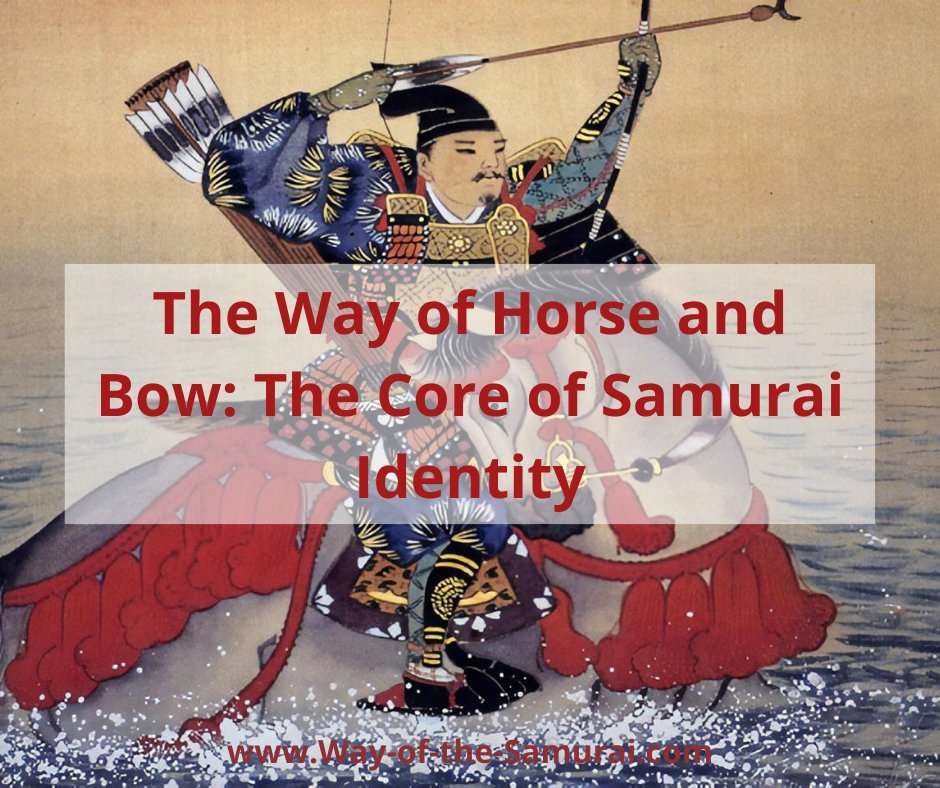




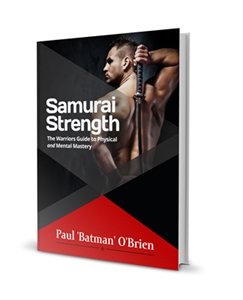
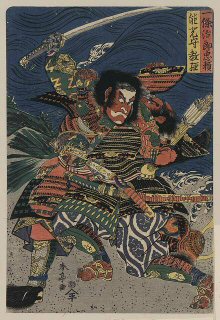
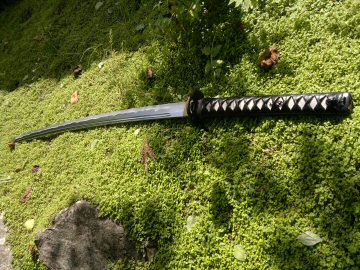
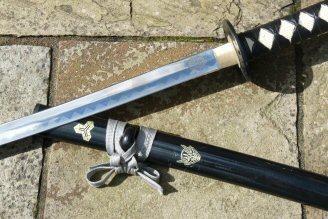
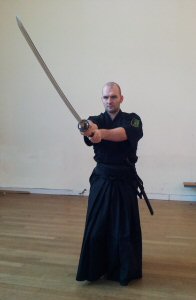
New! Comments
Have your say about what you just read! Leave me a comment in the box below.